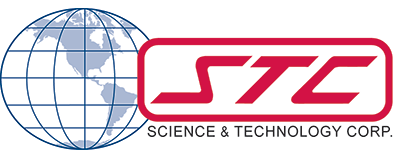NOAA NESDIS Center for Satellite Applications and Research (STAR)
Atmospheric Sciences and Technology Applications (ASTA 2.0)

ASTA 2.0 Planning
The following Scientist positions are available for all to apply (click titles to go to application):
Scientist – Atmospheric Properties
Scientist – Surface Characteristics
Scientist – Support for Satellite Programs
Applicants are encouraged to apply to any and all positions that fit within their scope of expertise.
Please reach out to STC Program Coordinator Ugur Dogan (uaybar@stcnet.com) if you have any questions.
Please monitor the web page for any changes or updates. We look forward to meeting and working with you!
About the NOAA NESDIS Center for Satellite Applications and Research (STAR)
The Center for Satellite Applications and Research (STAR), an Office within the National Oceanic and Atmospheric Administration’s (NOAA) National Environmental Satellite Data, and Information Service (NESDIS), provides and enables oceanographic, atmospheric, and terrestrial satellite data, products, and applications for diverse organizations and users worldwide. STAR is the part of NESDIS that provides scientifically-based guidance for the development and evolution of satellite missions, sensors, and other Earth-observing capabilities and the development, distribution, and assurance of high-quality, fit-for-purpose multi-sensor satellite data products from both NOAA and non-NOAA missions.
STAR scientists are leaders in scientific algorithm development, implementation, and ongoing refinements; satellite sensor calibration and validation; scientific monitoring and data quality assurance; product development and distribution; application demonstrations and transitions from research into operations; and user support and engagement.
STAR plans, coordinates, and conducts research and science development activities with other parts of NESDIS and NOAA, as well as other Federal Government agencies, academic institutions, and international groups. STAR conducts atmospheric, terrestrial, and oceanographic research to determine the best development and uses of satellite data for monitoring environmental characteristics and their change.
Within STAR, the Satellite Meteorology and Climatology Division (SMCD) provides primary research and science development support for instrument calibration and atmospheric and land surface remote sensing within NOAA. Nine of the parameter-based STAR science teams (STs) fall within the scope of this PWS: Aerosols and Atmospheric Composition (AER), Ozone (ZNE), Soundings (SND), Atmospheric Winds (ATW), Precipitation and Hydrology (PRE), Fire (FYR), Land Applications (LAT), Land Product Development (LPD), and Radiation Budget (RDB).

